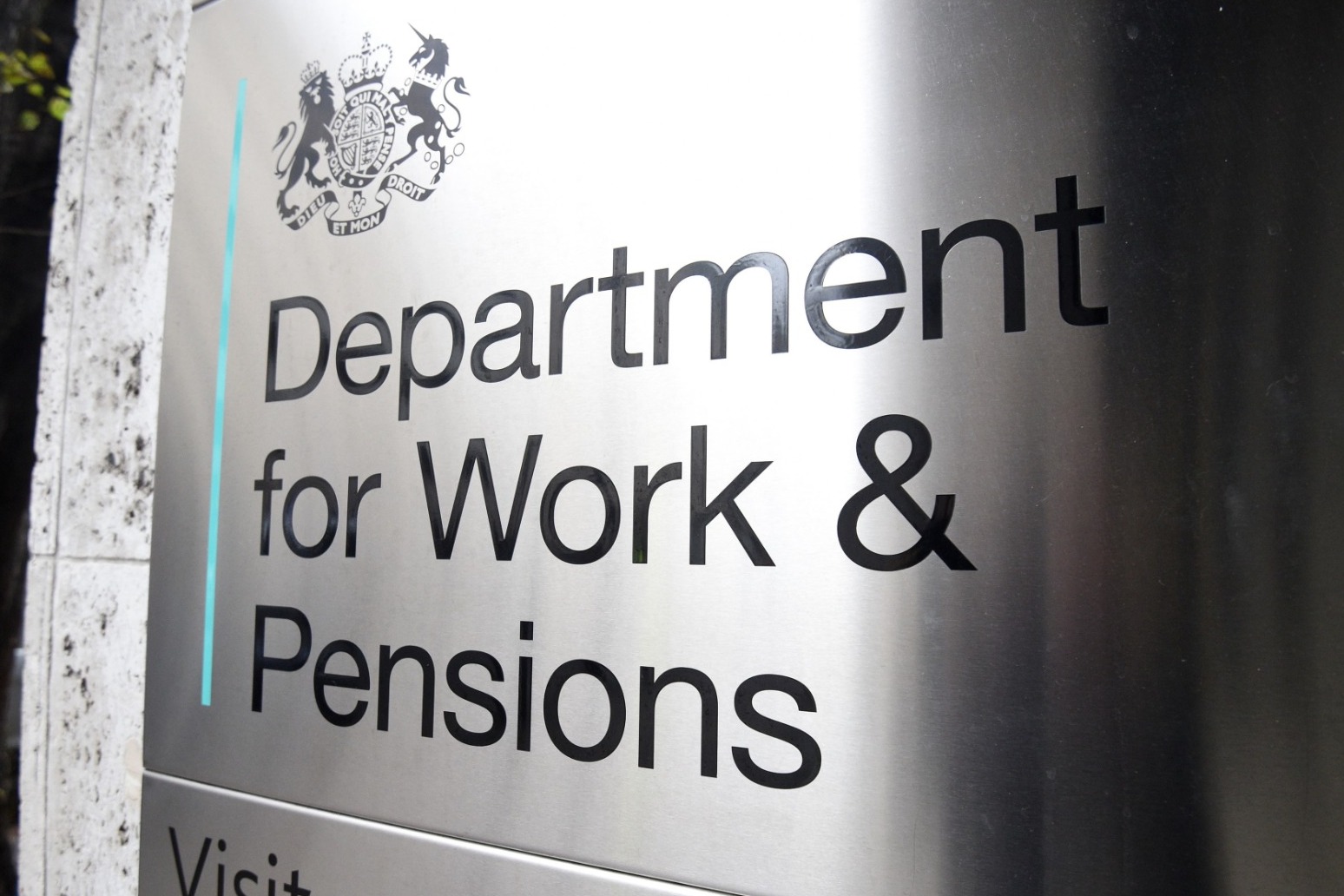-
 play_arrow
play_arrow
Chorley ONE Local Radio for Chorley
NHS waiting lists not a driver for rise in health related benefit claims


NHS waiting lists are not driving the rise in health-related benefit claims, according to a new report.
The study, from the Institute for Fiscal Studies (IFS), found scant evidence of any relationship between people waiting for NHS care and more claiming benefits, saying the answers to a growing benefits bill lay elsewhere.
It comes after the Government announced a series of welfare reforms, with Prime Minister Sir Keir Starmer saying: “We’ve found ourselves in a worst of all worlds situation – with the wrong incentives – discouraging people from working, the taxpayer funding a spiralling bill.”
Some experts have said that long waits for NHS treatment could be behind the rise in benefit claims.
Figures show that the number of working-age adults in England claiming disability benefits has risen 41%, from 1.9 million in November 2019 to 2.7 million in May 2024, while the number of people claiming incapacity benefits increased 40% over the same period, from two million to 2.9 million.
Meanwhile, the size of the NHS waiting list for pre-planned treatment grew by 67%, from 4.6 million to 7.6 million, alongside a rise in typical waits.
For its new study, the IFS looked in detail at NHS waiting lists by region and how they lined up with people claiming disability benefits (which supplement incomes for those whose cost of living is higher as a result of their disability), and incapacity benefits (which are paid to people whose health limits their ability to work).
It concluded that “increases in NHS waiting times and waiting lists for pre-planned hospital treatment and some mental health treatment have not been a major factor behind the large increase in the number of working-age adults claiming health-related benefits.”
The study found that regions with larger increases in NHS waits did not, on average, experience larger increases in the number of working-age adults receiving health-related benefits.
In fact, a large fraction of the NHS hospital waiting list is made up of children and pensioners (44%), with the remaining 56% people of working age.
Researchers did find some “suggestive evidence” of a relationship between waits and disability benefit claims for mental health conditions, but this did not hold when narrowed down to people of working age.
There was also a weak relationship between the waiting list for NHS trauma and orthopaedic care and musculoskeletal disability benefit claims, but this also disappeared when looking at working-age adults.
The report said: “The magnitude of any effect is small: in the case of mental-health-related disability benefit claims, our central point estimates suggest that NHS waits could perhaps explain 6–7% of the increase; in the case of musculoskeletal claims, perhaps 7–8%. Yet these estimates – like all of our results – must be interpreted with caution.”
Evidence from the Department for Work and Pensions, which estimates that 41% of health-related benefit claimants are on a waiting list for treatment for their health condition, also does not explain what is happening, the study continued.
It argued that benefit claimants themselves say there are many other factors preventing them from finding paid work, such as that work would make their health condition worse, it is difficult to travel and their health condition fluctuates too much.
Researchers concluded: “Our findings imply that reductions in waiting lists and waiting times, while welcome in their own right, would be unlikely to lead to a meaningful reduction in health-related benefit claims, and that further research is desperately needed to understand what factors are in fact driving increasing claimant numbers.”
The study was funded by the Joseph Rowntree Foundation.
Max Warner, senior research economist at IFS and an author of the report, said: “Our new analysis very strongly suggests that rising NHS waiting lists for elective hospital treatment have not been a major factor behind recent increases in the number of working-age adults receiving benefits for ill health.
“The main explanation for rising benefit claims almost certainly lies elsewhere.
“Reducing hospital waiting times is a sensible policy objective, not least as it would benefit those who use the NHS – but we shouldn’t necessarily expect it to also deliver a significant reduction in health-related benefit claims. That’s a separate policy nut to crack.”
A Government spokesperson said: “The current welfare system is broken, and we are working to make it fairer for the taxpayer.
“Our reforms to health and disability benefits will genuinely support people back into work, while putting the welfare system on a more sustainable footing so the safety net is always there to protect those who need it most.
“Through our 10-year health plan, we will also tackle health inequalities and shift healthcare from sickness to prevention to support more people to live healthier lives for longer, regardless of background.”
Dr Layla McCay, director of policy at the NHS Confederation, suggested the report did not look at all data related to mental health.
She said: “It is clear that there are many factors that can impact people’s physical and mental health – including poverty, insecure housing and unemployment. We know poor mental health is the main driver of increases in economic inactivity in younger people and there are an estimated 1.6 million people waiting for mental health community care that will not be in hospital or Talking Therapy waiting list figures.
“Tackling long waiting lists for both physical and mental health treatment is not only good for patients but the economy as well.
“That is why our members fully support the Government’s ambitions to shift from treatment to prevention and to move more care closer to people’s homes, with health system leaders already working with partners to build a comprehensive, whole-system approach to supporting people to work.”
Published: by Radio NewsHubClick here to read this story in full at Radio News Hub
Written by: admin
Similar posts
Latest News
- ECB bans transgender women from taking part in womens and girls cricket
- Reform UKs Sarah Pochin has won the Runcorn and Helsby by election
- NHS waiting lists not a driver for rise in health related benefit claims
- Social care commission recommendations might not come into effect for a decade
- Warmest start to May on record amid wildfires and water warnings
Top popular
Copyright THe Mediasite - 2024









